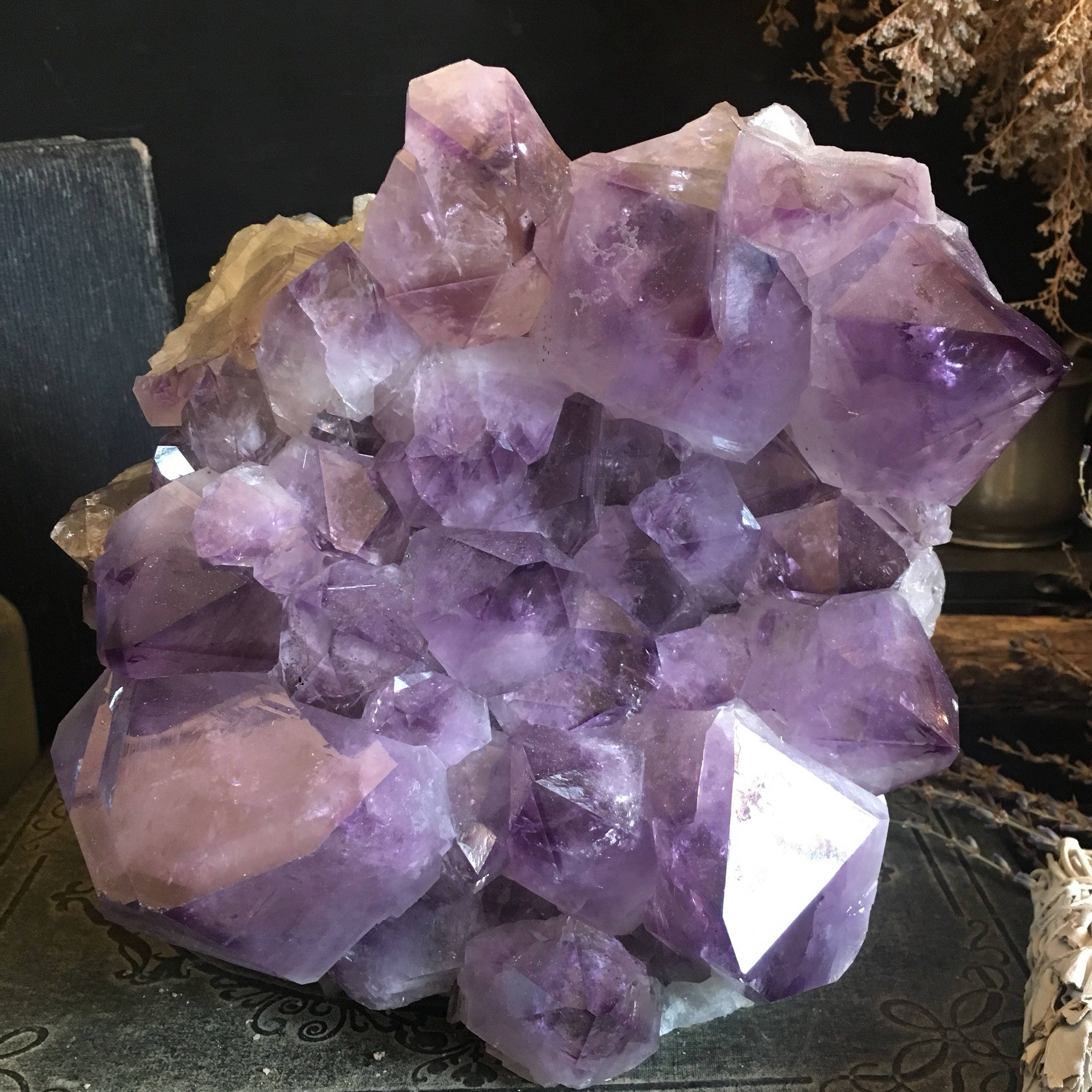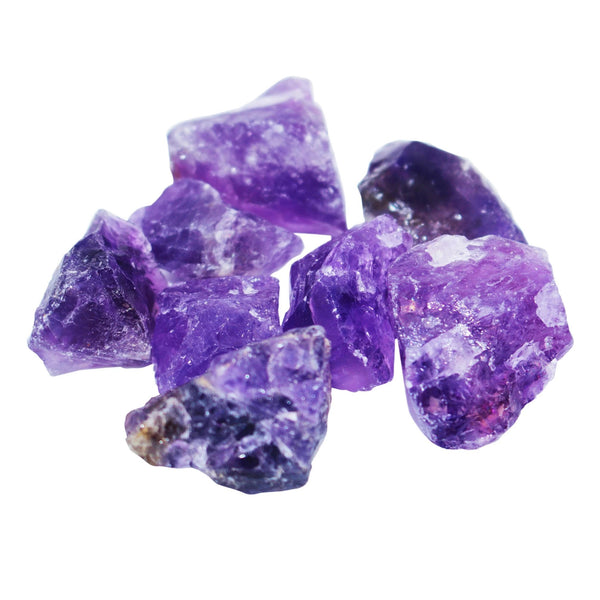

They can be distributed randomly or in bundles, which sometimes are arranged star-like, and they can be sparse or dense enough to make the quartz body nearly opaque.

These inclusions mostly look golden, but they also can look silver, copper red or deep black. Rutilated quartz is a type of quartz that contains acicular (needle-like) inclusions of rutile. Novo Horizonte, Bahia, Northeast Region, Brazil Amethyst is a semiprecious stone and is the traditional birthstone for February. Photo by the purple variety of quartz and is a popular gemstone. These varieties are divided more by character than by color. Smoky quartz is the brown to gray variety.Ĭryptocrystalline (crystals too small to be seen even by a microscope) varieties are also used as semi-precious stones and for ornamental purposes.Rose quartz is a pink to reddish pink variety.Prasiolite is a leek-green gemstone variety that is rare in nature but is created by heating Amethyst from certain locations.Milky Quartz is the cloudy white variety.Citrine is a yellow to orange gemstone variety that is rare in nature but is often created by heating Amethyst.Amethyst is the purple gemstone variety.Some macrocrystalline (large crystal) varieties are well known and popular as ornamental stone and as gemstones. Since antiquity, varieties of quartz have been the most commonly used minerals in the making of jewelry and hardstone carvings, especially in Europe and the Middle East. There are many different varieties of quartz, several of which are semi-precious gemstones. It is also the most varied in terms of varieties, colors and forms. It frequently is the primary mineral, >98%.

It is found in nearly every geological environment and is at least a component of almost every rock type. Quartz is also the main constituent of a wide variety of stones that we’ll cover in a moment.Quartz is the most common mineral on the face of the Earth. It’s commonly used to power watches and in audio sensors, where its unique properties can really shine. Quartz also displays a strong piezoelectric effect due to its structure. The crystals are also favored among those who believe in the healing power of stones. Rock crystal has been used to make everything from sculptures to crystalline plates and bowls. Quartz has a long history of use, and not just as jewelry. Some crystals are double terminated, meaning they have a point on both ends. Quartz crystals are usually hexagonal, with six sides and a terminated point resembling a pyramid. The crystal formations are visible to the naked eye, unlike cryptocrystalline forms of silica like chalcedony or jasper. Quartz is a macrocrystalline form of silicon dioxide(SiO₂ or silica). For many collectors, that’s an important distinction.

In other words, it’s wholly synthetic and it really only appeared on the market in the late 1990s.Īnytime you see a “new” variation of quartz available do your research. Instead, these stones have a thin layer of gold or titanium deposited on their surface. It’s a pretty, iridescent piece of quartz but it’s not natural in the slightest. In addition to treated specimens, collectors will also find “mystic quartz” available. Natural stocks of the stuff are low and the vast majority is heat-treated or irradiated to bring in the characteristic olive hue. Other stones are almost always treated, such as prasiolite. In formations like clusters, the stones will often have a “burnt” look to their coloration, with the deep orange even fading into brown at some points. Since they’re chemically identical, you usually have to judge based on how the colors look.


 0 kommentar(er)
0 kommentar(er)
